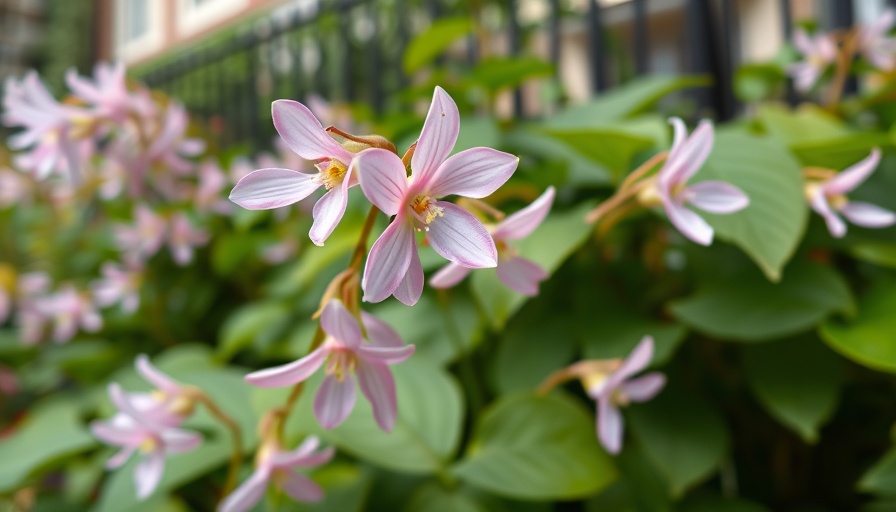
The Hidden Beauty of Epimedium: A Groundcover Revolution
When it comes to gardening, the term "groundcover" often raises eyebrows accompanied by yawns. But what if I told you that this often-overlooked feature could transform your yard into a lush landscape of vibrant colors and textures? Enter Epimedium, a remarkable genus of shade-loving perennials that not only beautify your garden but also serve practical purposes.
Why Epimedium is More Than Just Filler
Epimedium species, commonly known as bishop’s hat or barrenwort, boast heart-shaped leaves and delicate spires that bloom in a stunning array of colors—from white to pink and yellow. Unlike traditional groundcovers that merely serve to cover soil, Epimedium becomes a feature plant, bringing long-lasting visual interest to shaded areas. Their blossoms appear in mid-spring and often last nearly a month, outshining many other perennials.
Think of epimediums as a living mulch, transforming your dull patches into breathtaking displays of nature. Gardeners can use them along pathways, mass in woodland gardens, or even populate rock gardens. Their low growth habit makes them especially appealing as they soften the edges of walks and steps, offering visual depth and texture while suppressing weeds and conserving moisture.
Choosing the Right Epimedium for Your Garden
With over 30 species and numerous hybrids and cultivars to choose from, selecting the right Epimedium may feel overwhelming. However, every gardener can find the perfect match based on their garden’s unique conditions. Epimedium x rubrum, for example, garners attention for its striking flowers that resemble delicate stars. Conversely, Epimedium grandiflorum produces, spidery blooms in pastels that are equally stunning.
Caring for Epimedium: Tips for Success
Caring for epimediums is relatively straightforward, making them suitable for novice gardeners. These plants thrive in neutral to slightly acidic soil and prefer shady conditions. While they can tolerate dappled sunlight, full sun exposure may lead to scorched leaves. Regular watering, especially during dry spells, will help them flourish and retain their vibrant foliage.
The Importance of Native Ranges and Ecosystems
Understanding the native regions of epimediums adds depth to their appeal. These plants hail from the Mediterranean through to temperate East Asia. Their adaptation to such varied climates speaks to their hardiness and resilience, allowing them to thrive in USDA growing zones 5 to 9. Incorporating native plants into your garden not only supports biodiversity but also creates an environment that celebrates regional flora.
Future Trends: Embracing Groundcovers Like Epimedium
In the evolving landscape of gardening and landscape design, there’s a palpable shift towards low-maintenance, environmentally-friendly options. Groundcovers like epimedium are poised to play an integral role in the gardening of the future, especially as homeowners increasingly seek sustainable solutions to combat soil erosion and enhance biodiversity.
Actionable Insights: Transforming Your Garden with Epimedium
If you're looking to elevate your home’s landscape, why not consider integrating epimediums into your gardening plans this season? Their unique aesthetic and practical applications can redefine your outdoor spaces. Not only will you enjoy their beauty, but you'll also contribute positively to your local ecosystem.
So the next time you think of groundcovers, let epimedium inspire you to push the boundaries of what your garden can be. Don't miss the opportunity to plant these gems in your own backyard and witness the transformation for yourself.
 Add Row
Add Row  Add
Add 






Write A Comment